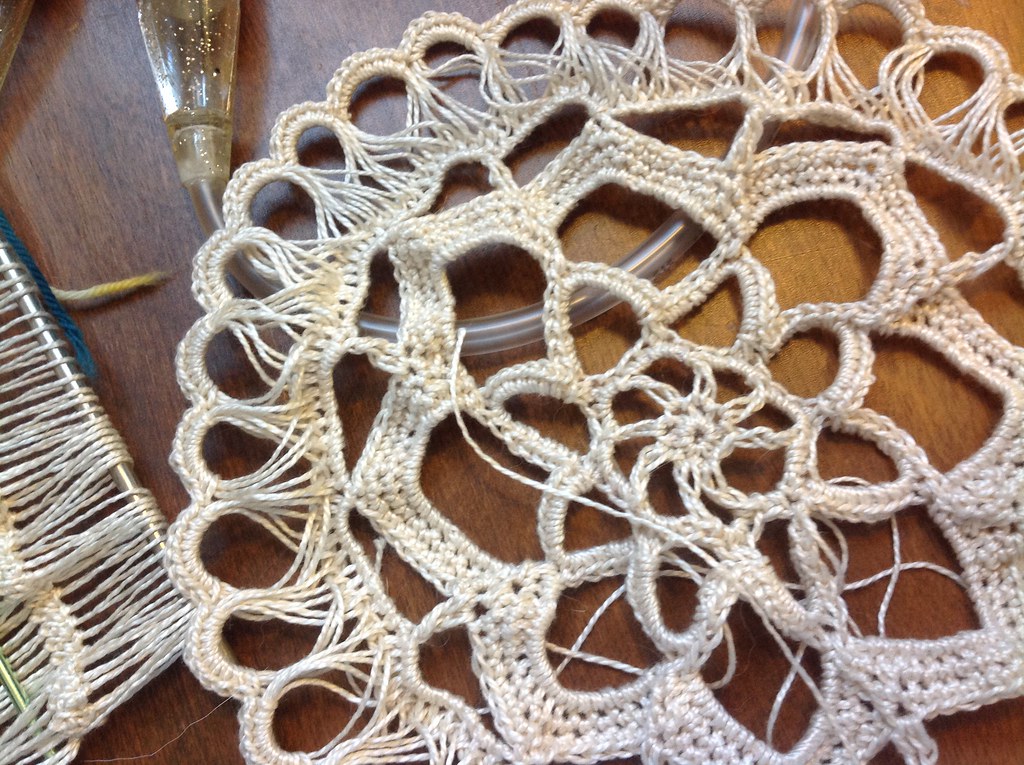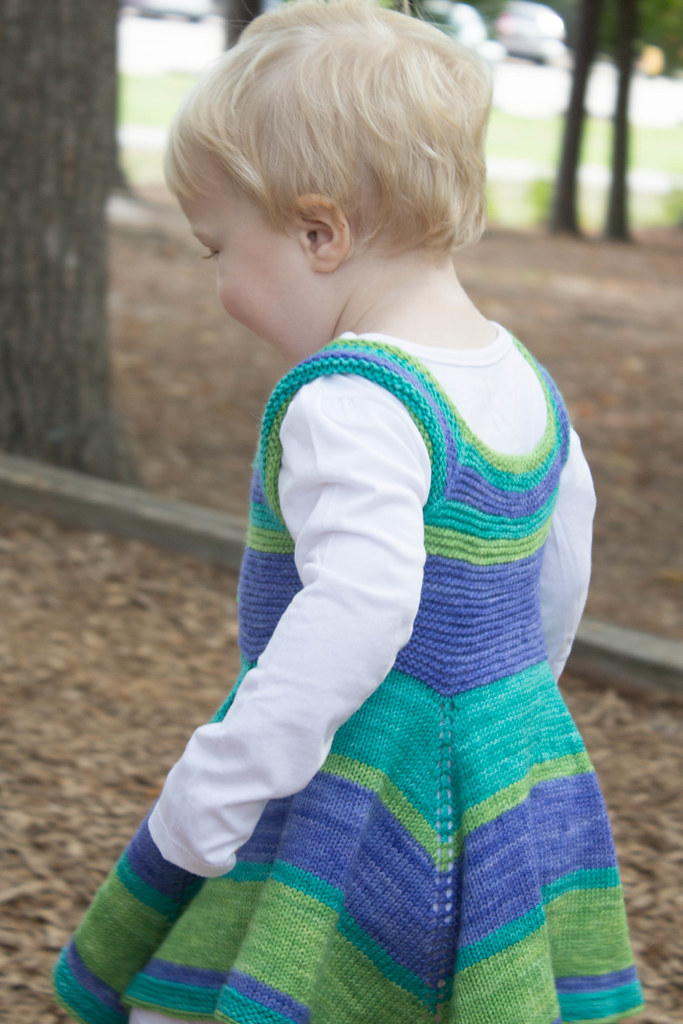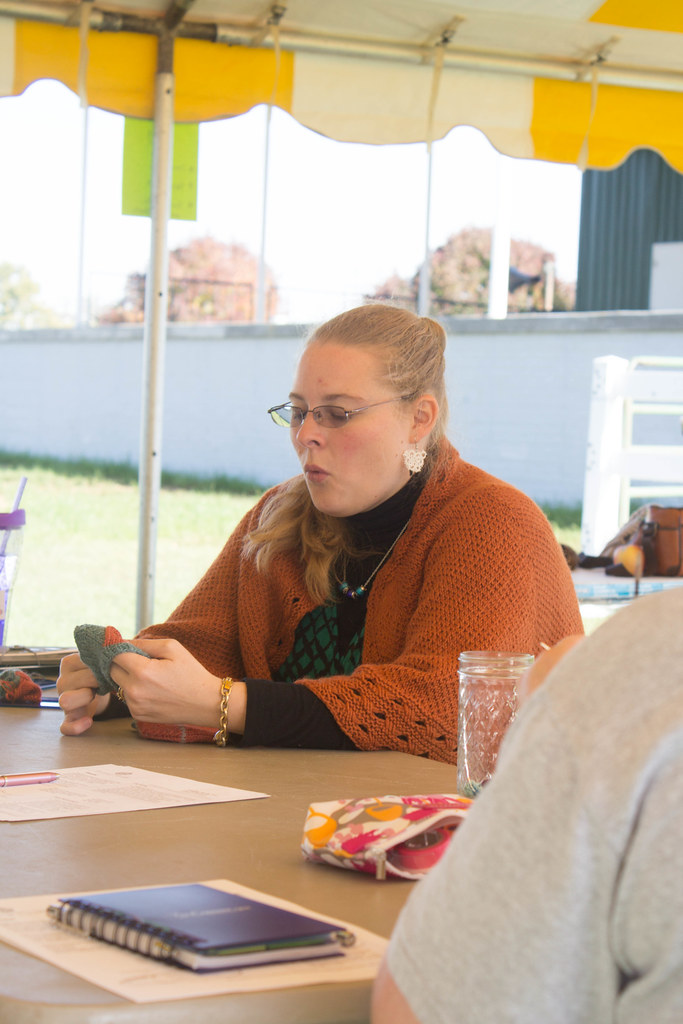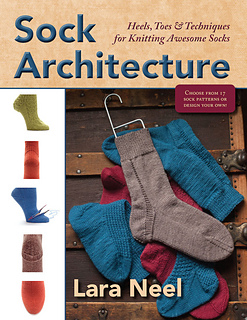 |
| Teaching! |
I will be at Rhinebeck, teaching from October 16th to October 19th. I’ll be traveling on the Wednesday before and the Monday after. That means from October 15th until October 20th, I’ll be super busy and won’t be answering my email or phone consistently.
Blog posts will also be intermittent.
If you’d like to take a class, you can see the classes I’m offering here. If you’ll be at the fiber festival and want to say hello, drop me a note. I’ll have limited time around lunch and would love to share a quick hello!



































